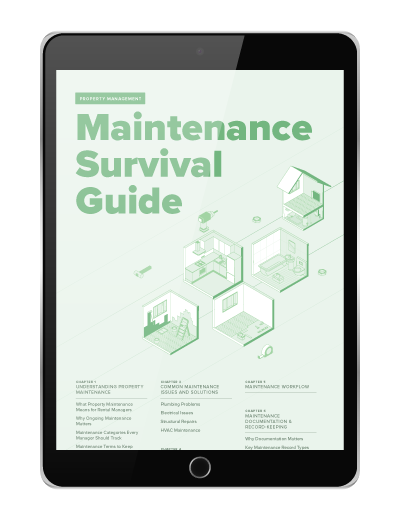Wouldn’t it be great if all tenants stayed in their units for multiple years, agreeing to regular rent increases, obeying all the rules, and paying their rent on time? Since the reality is that tenants come and go on a regular basis, the next best option is an organized move-out process.
Keep in mind, we’re not talking about an eviction strategy. We’re talking about cases in which your tenant has decided to move at the end of his lease, with no outstanding disputes or unpaid rents involved. Just your average expired lease move-out. Your goal at this point in the game is a smooth move-out so that a new tenant can move in as soon as possible.
Sometimes a process can be better designed if you know what the other party expects. The Ohio State University offers some great advice to their students for moving out. Bear this in mind while setting up your own procedures.
#1: Notice
Has the tenant provided appropriate notice in the required time frame? If not, what does the lease say you can do about it? Also be sure to get a forwarding address for the deposit refund check. (This is for your protection as well.)
#2: Tenant forms
As soon as your tenant gives notice, give her instructions and forms to help her meet your needs. An instruction sheet for cleaning the unit should be included and should provide an explanation that any costs for the removal of items after she has vacated the unit will be withheld from her deposit. Also include a form that details the procedure for damage or repair inspection. If you did a checklist walk-through upon move-in, you should give her a copy, as well as a blank one for the final walk-through.
#3: The inspection
Walk through the unit with your tenant, just as you did at the beginning of her lease. Check off the unit condition items on the sheet room-by-room. If there is damage that doesn’t fall under normal wear and tear (i.e., damage the tenant may need to pay for) this is the time to document and discuss it. The details of your lease and original inspection paperwork can make all the difference here.
#4: Disputes
If there are any differences in opinion about damages and the deposit, your lease will be the deciding authority. A clear lease explanation of the inspection process, what constitutes damage that falls under tenant responsibility, and how damage costs will be determined is critical. If the problem falls in a gray area, try to get the matter settled with your tenant right away—and make sure that she signs off on the resolution. If possible, this signed agreement should document how much of her deposit will be retained and when she will receive the remaining balance.
#5: Utilities
If your tenant was responsible for her unit’s utilities, she should receive instructions for the disconnect procedure and timeframe. If you can, it wouldn’t hurt to request her account numbers in order to verify the disconnect with utility departments.
Inspect the unit on your tenant’s move-out day to ensure everything has happened as expected. Now it’s time to begin preparing the unit for your new tenant!
Read more on Leasing

